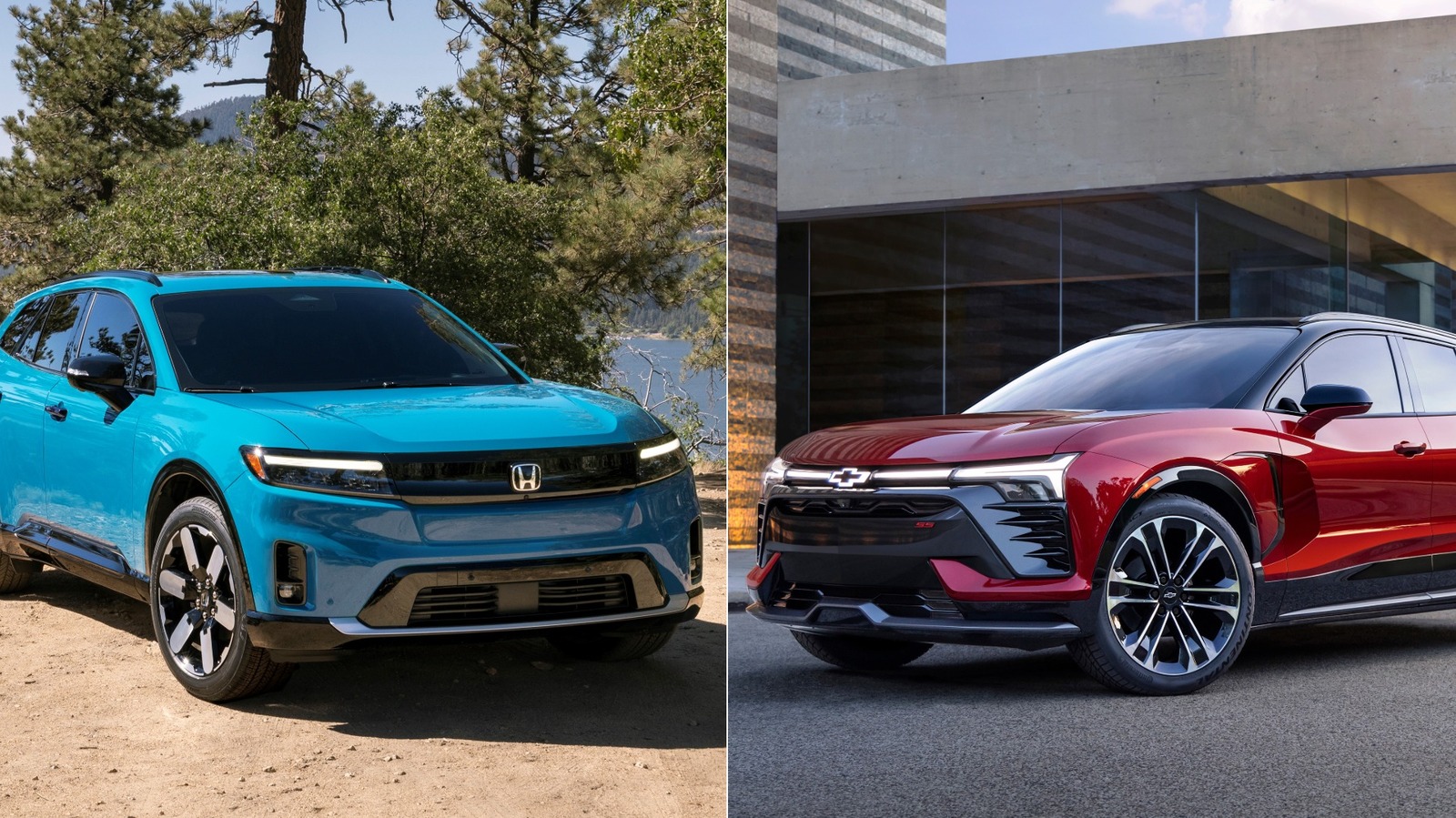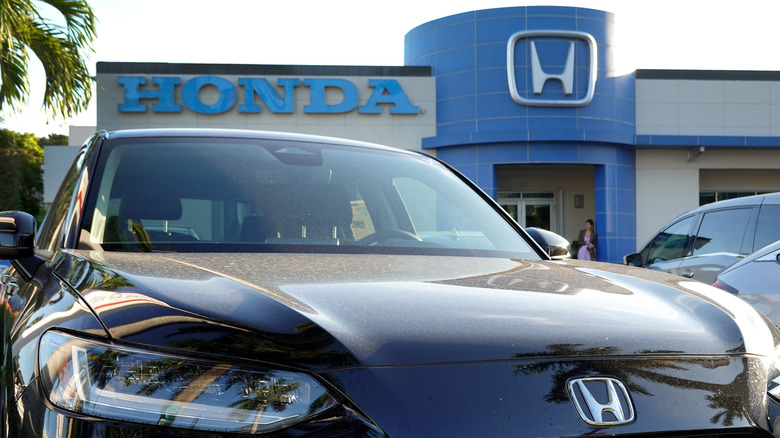It’s one of those things that sounds like a half-baked joke you’d tell at a car meet. General Motors spends billions developing an electric vehicle platform, the Ultium architecture, that’s supposed to be the bedrock of its EV future. Then, in a partnership deal that seemed like a win-win, it lets Honda borrow the fancy new tech for a couple of SUVs.
What does Honda do? It proceeds to beat GM at selling its own hardware — no punchline here, just the bizarre reality of the 2025 auto market. The sales numbers for the first half of the year are in, and they paint a picture that has to be making folks in Detroit sweat. Despite having nearly two thousand fewer dealerships, Honda managed to move 16,317 Prologue EVs in the first half of this year. Meanwhile, Chevrolet’s massive dealer army sold 12,736 of the Blazer EV, the Ultium EV that’s closest to the Prologue in size, price and features. On average, Honda sold more than three times as many Prologues as Chevy sold Blazer EVs, per dealer.
But the bruising doesn’t stop there. In the premium lane, Acura moved 10,335 ZDXs, which is the Prologue’s fancier sibling. That’s a thousand more units than Cadillac sold of the Lyriq, its similarly sized and priced offering, and Acura did so with just 276 dealership stores to Cadillac’s 589.
Now, GM does sell Ultium EVs of other sizes and price categories that are doing pretty well. Chevy sold a whopping 27,749 of the cheaper, smaller Equinox EV, and Cadillac found homes for 4,940 of its new Optiq equivalent. Cadillac also has the large three-row Vistiq, of which 1,744 were moved in Q2 (and only 1 in Q1 when it first went on sale), and it sold 3,766 Escalade IQs this year so far. Of course, there’s also the Chevy Silverado EV and GMC Sierra EV and Hummer EV trucks, which have all seen sales increases this year.
Let’s make a deal
The secret sauce to Honda’s runaway success isn’t some magical engineering tweak or a secret handshake — it’s cold hard cash and simple marketing. Take the “One Pay Lease” on the 2025 Honda Prologue. You could get a brand-new electric SUV with a single upfront payment of $4,800 (in some markets). That works out to an effective monthly cost of about $200 over the lease, with no monthly payments after. It’s a deal so good it sounds like a typo, the kind of offer that makes you scan the fine print for a clause about donating a kidney.
Acura, not to be outdone, is throwing a truly obscene amount of money on the hood of the ZDX, offering a staggering $30,650 in lease cash in some states. This drops the effective cost of the 500-horsepower premium EV to less than that of an entry-level Integra. Wild.
GM’s offers, meanwhile, are a confusing mess of conditional rebates and opaque math. As of this article, GM has no lease incentive for the Blazer EV. And, yes, we are specifically speaking to leasing. GM does have some incentives, like on the Blazer EV for 0% APR for however-many months. But, do you really want to buy an EV instead of lease it?
Give the people what they want
Even if the prices were identical, Honda may still be winning. It comes down to one of the most baffling, customer-hostile decisions in recent automotive history: GM’s pivot away from Apple CarPlay and Android Auto. In a move that still makes zero sense, personally, GM ripped these proven (and frankly expected) systems out of most of its Ultium EVs, forcing buyers to use its proprietary Google Built-in infotainment.
Honda shows basic common sense by keeping wireless Apple CarPlay and Android Auto alongside the Google Built-In on their models. For a generation of buyers whose entire life exists on their phone, GM’s CarPlay purge isn’t a minor annoyance; it could be a deal-breaker, especially when the apples-to-apples rival hands the feature over for free.
Beyond that colossal own-goal, the Prologue is just a more Honda-like vehicle. It has physical knobs for the climate control. And when it comes to the all-important range question, independent tests by Car and Driver found the AWD Prologue went 30 miles farther on a charge than the equivalent Blazer EV. Honda took GM’s platform and simply made it better and more enticing to buyers, and it’s now running up the scoreboard.



